

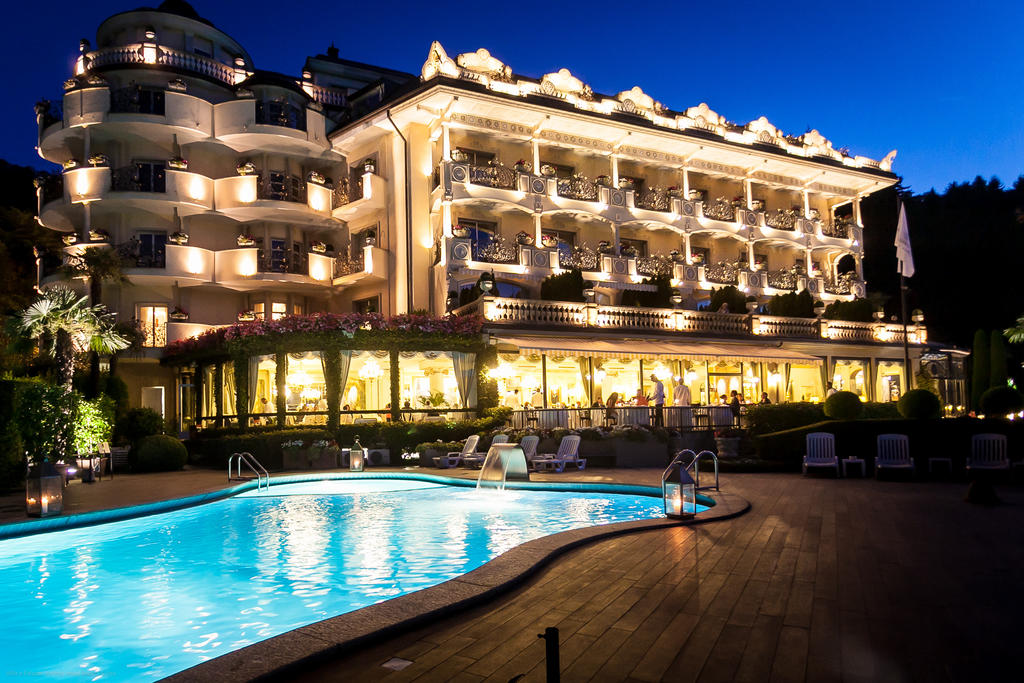



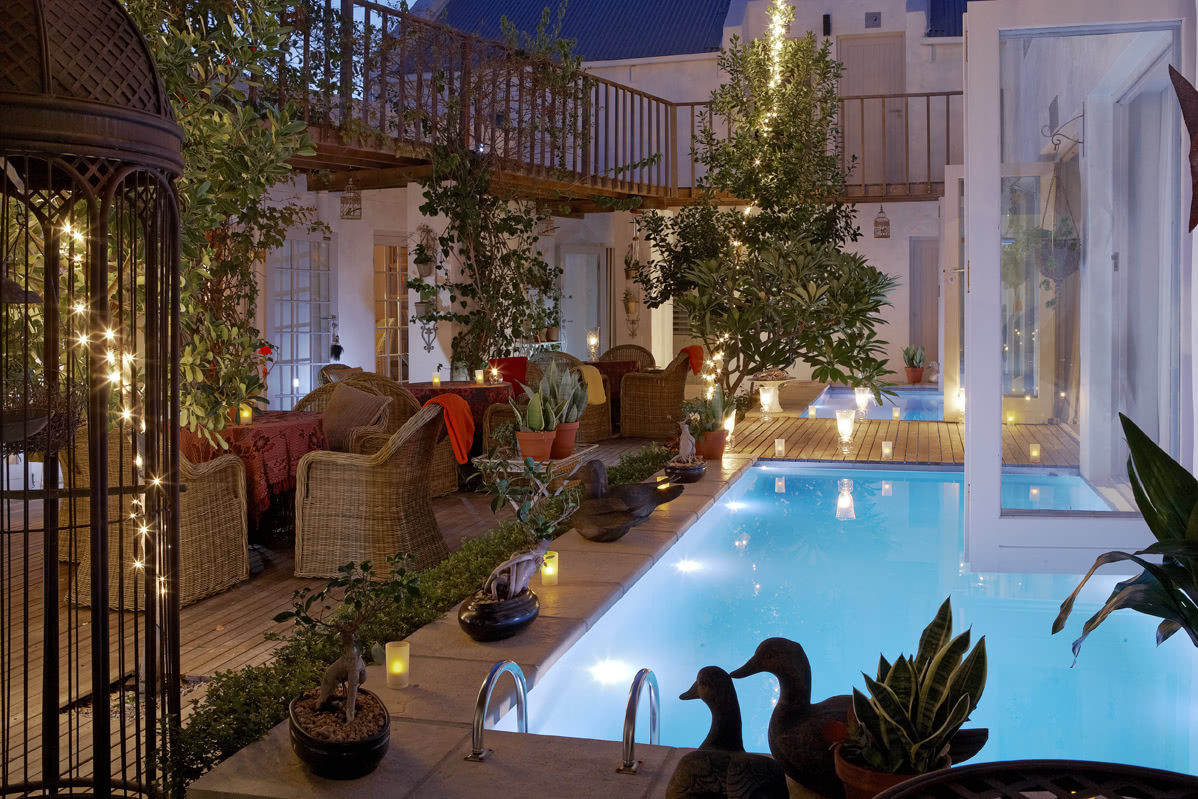
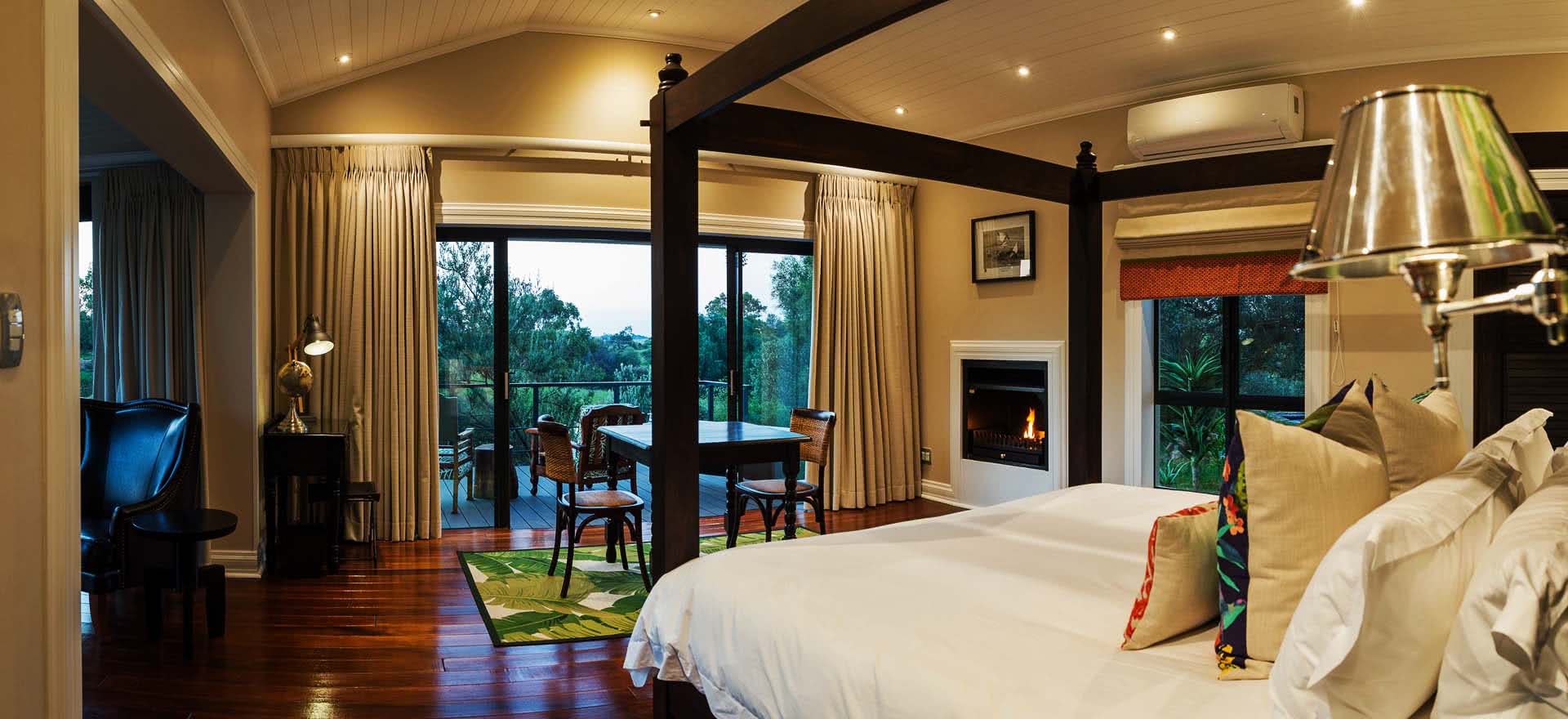
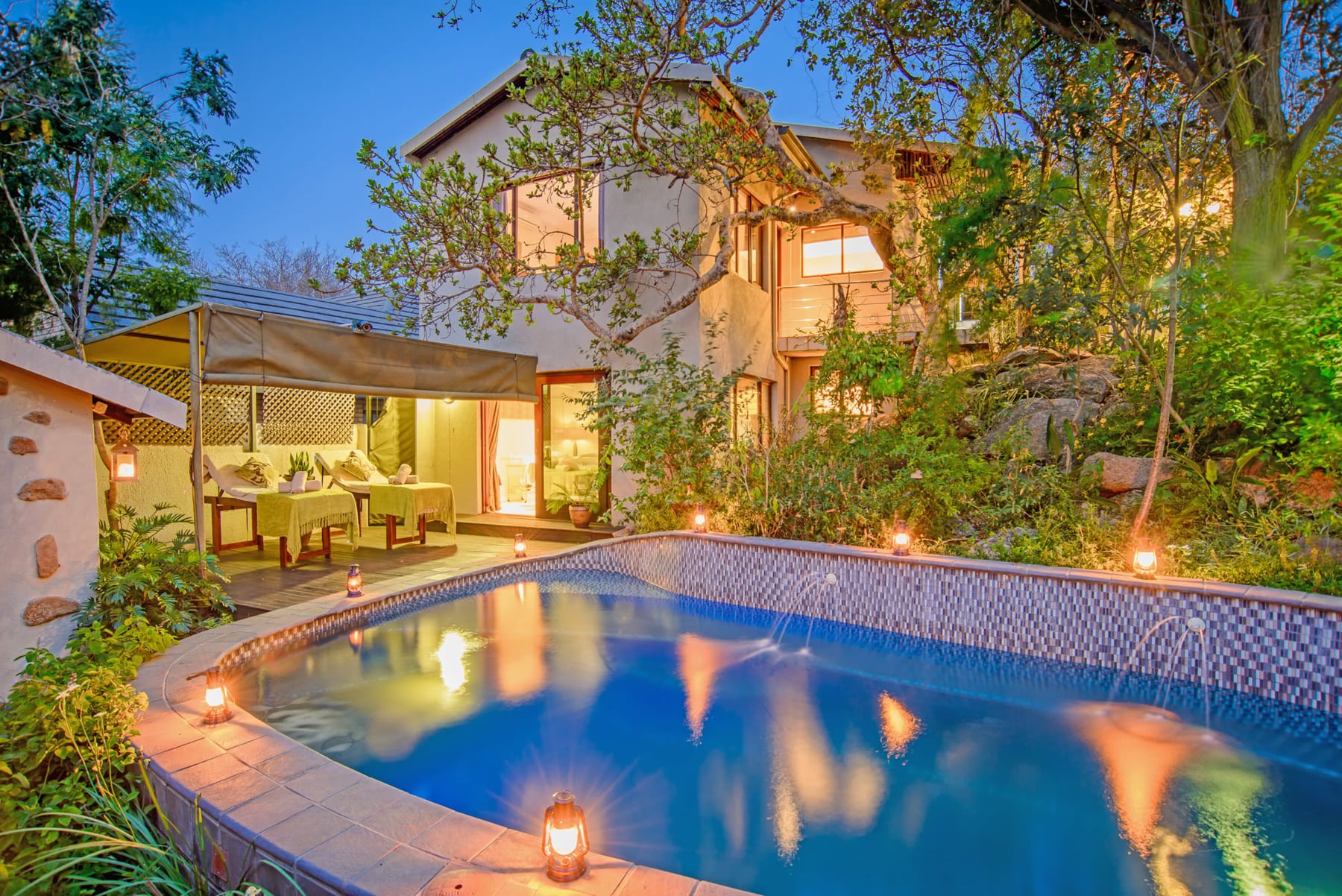




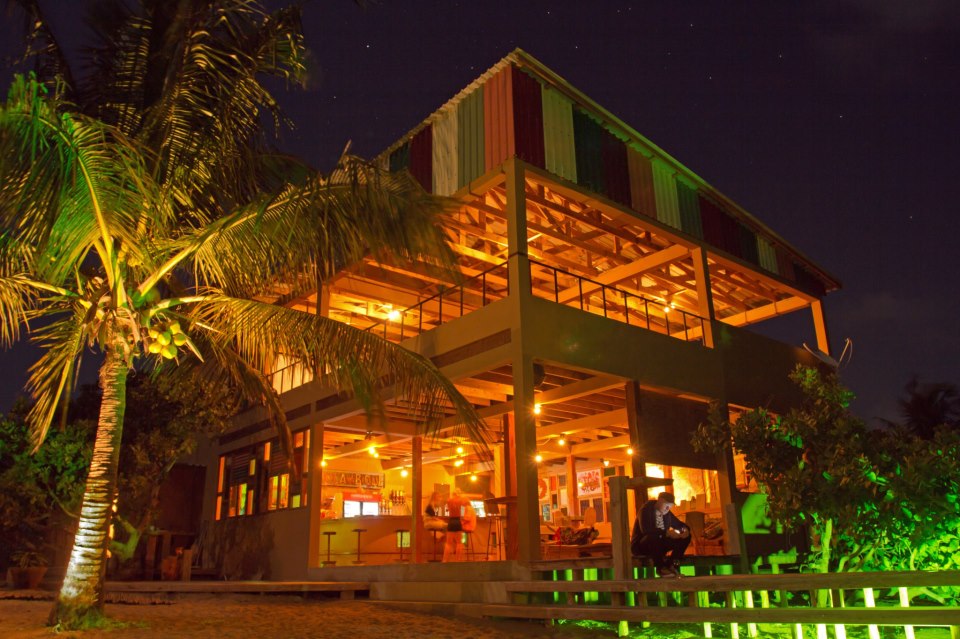




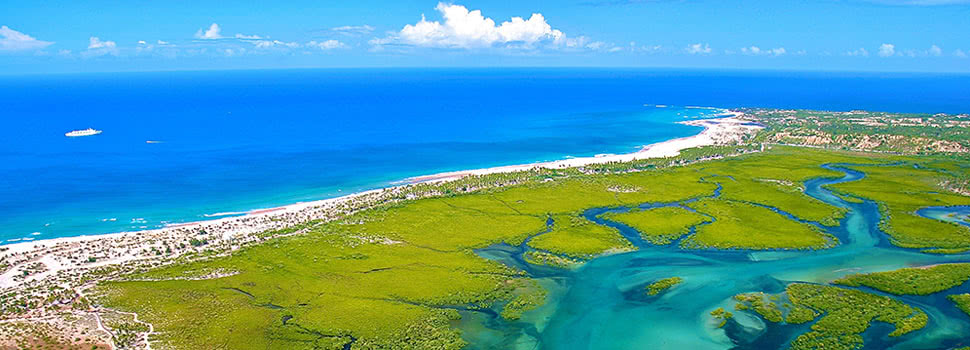
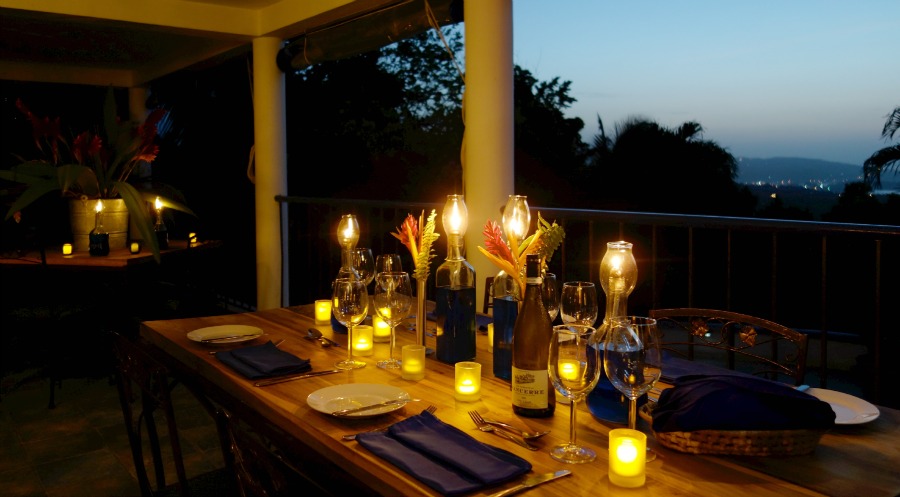



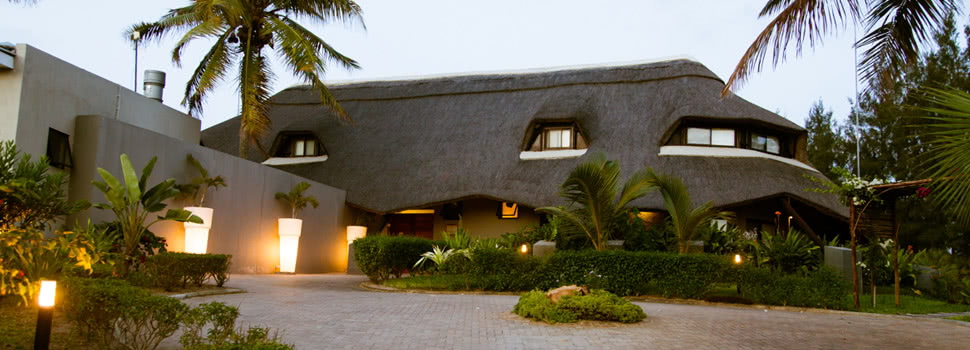



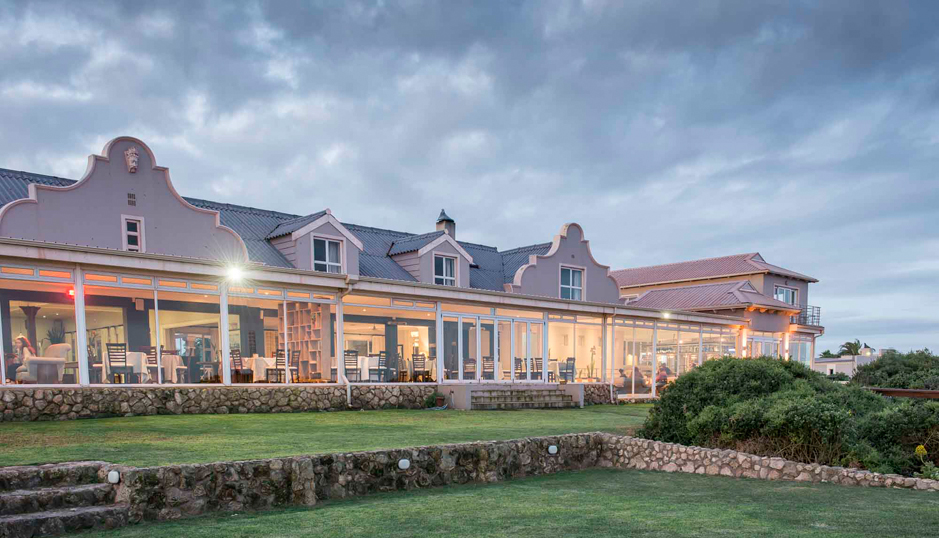


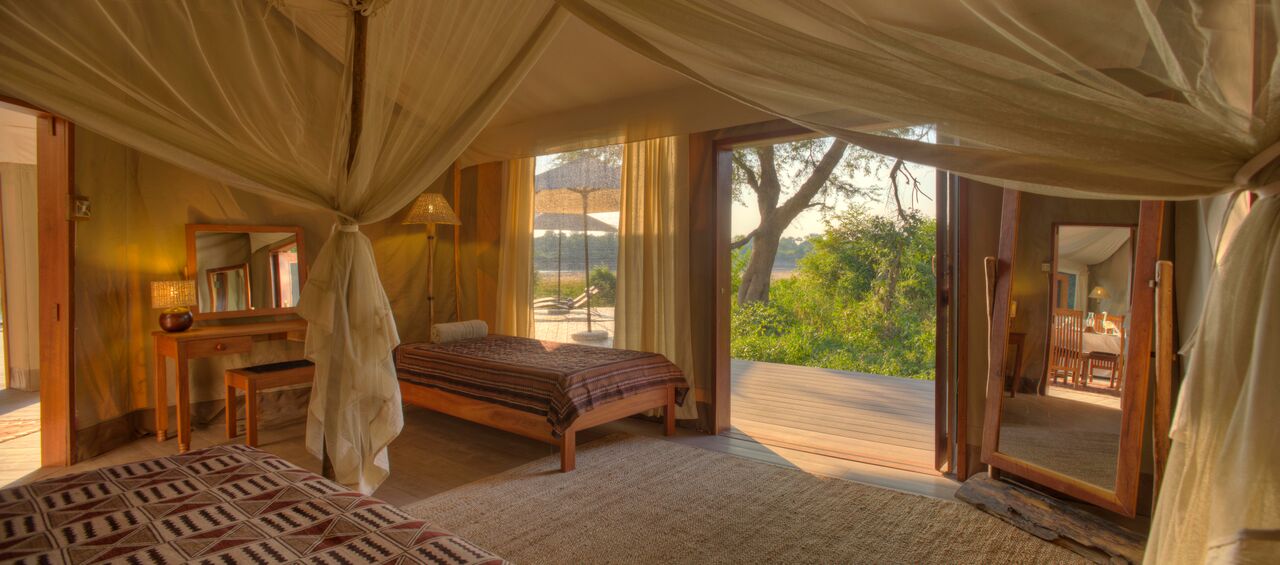


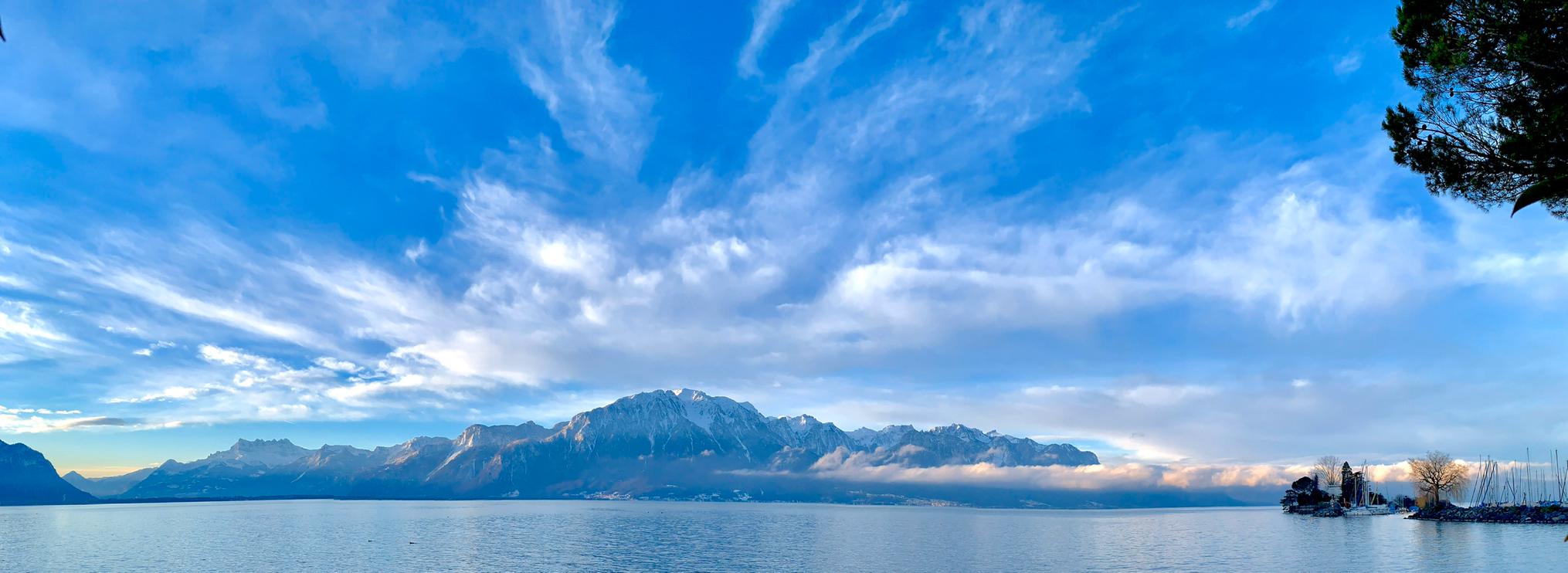


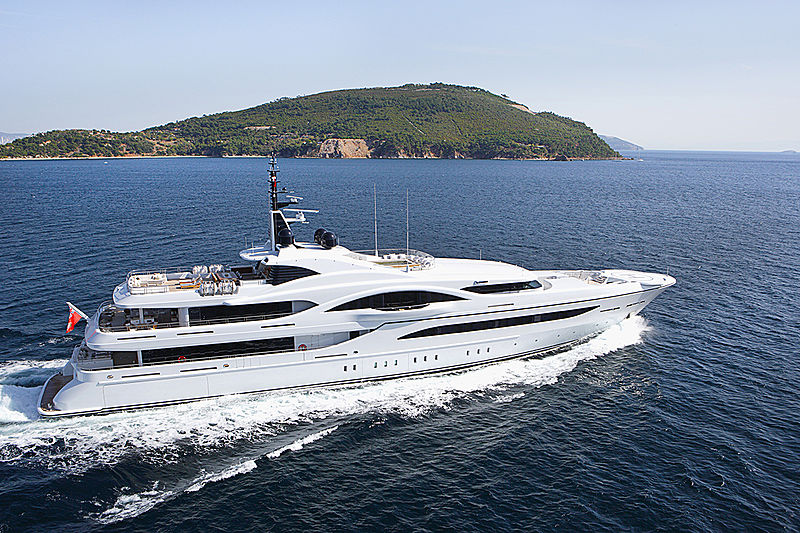














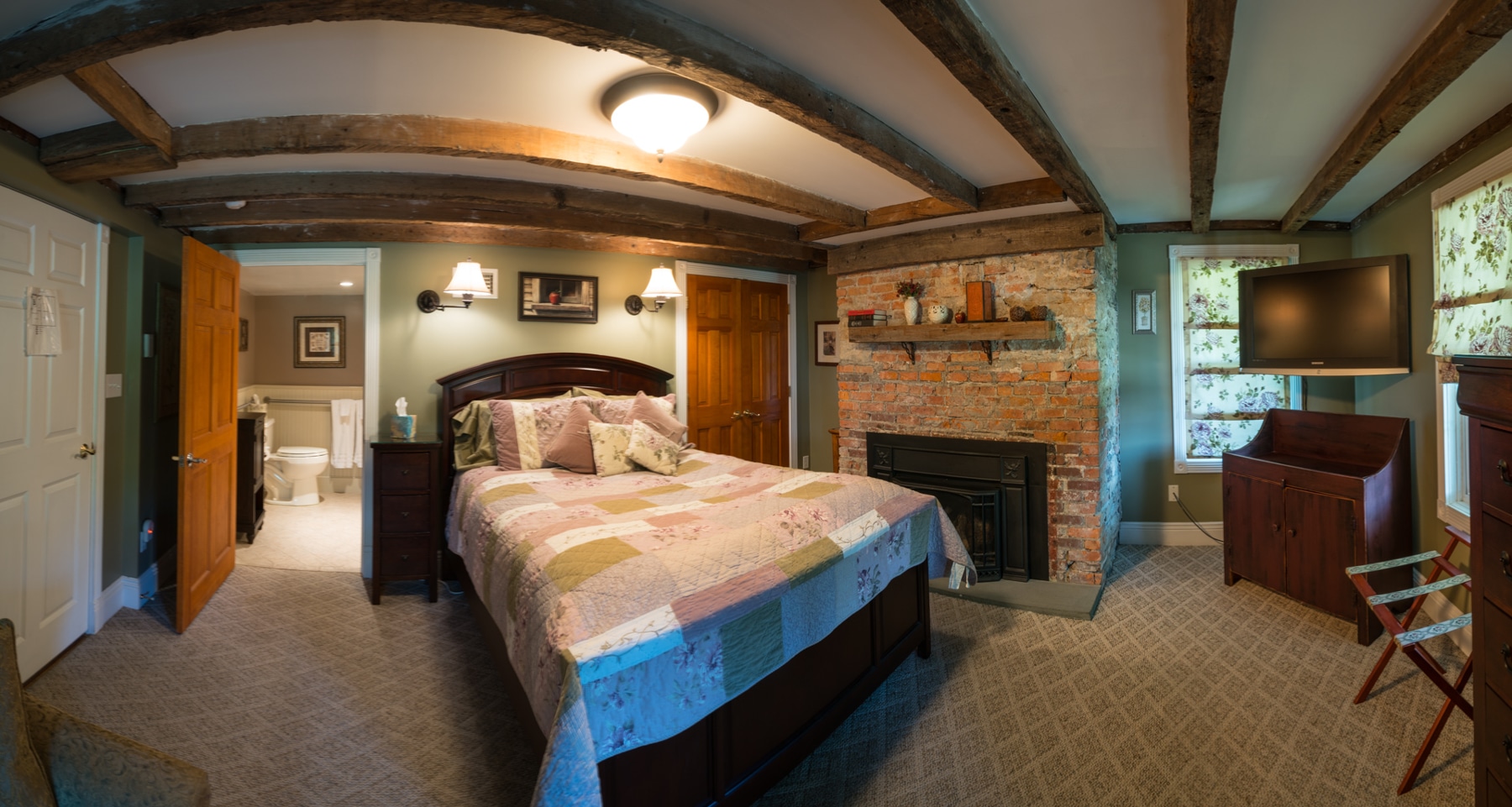






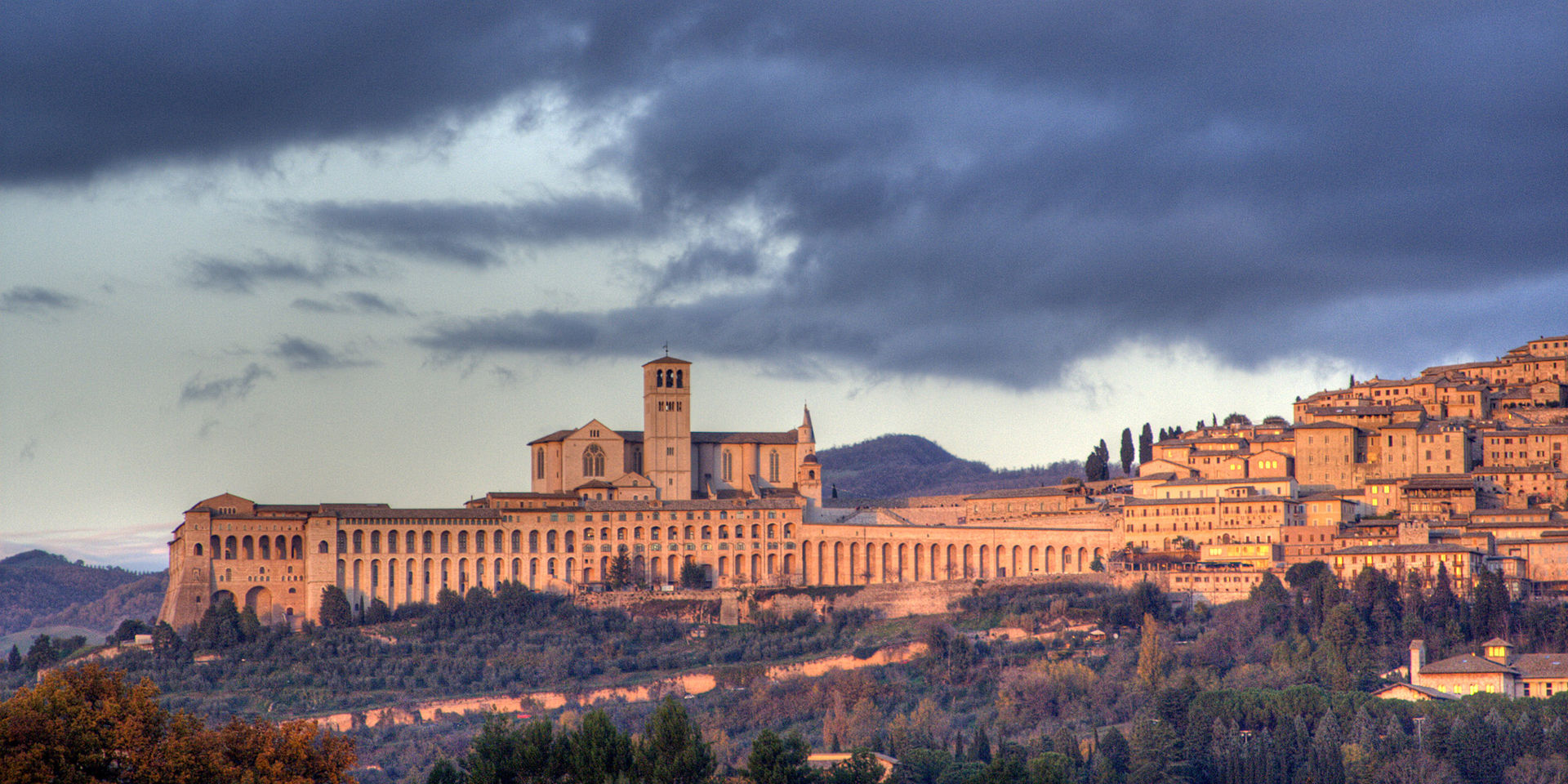
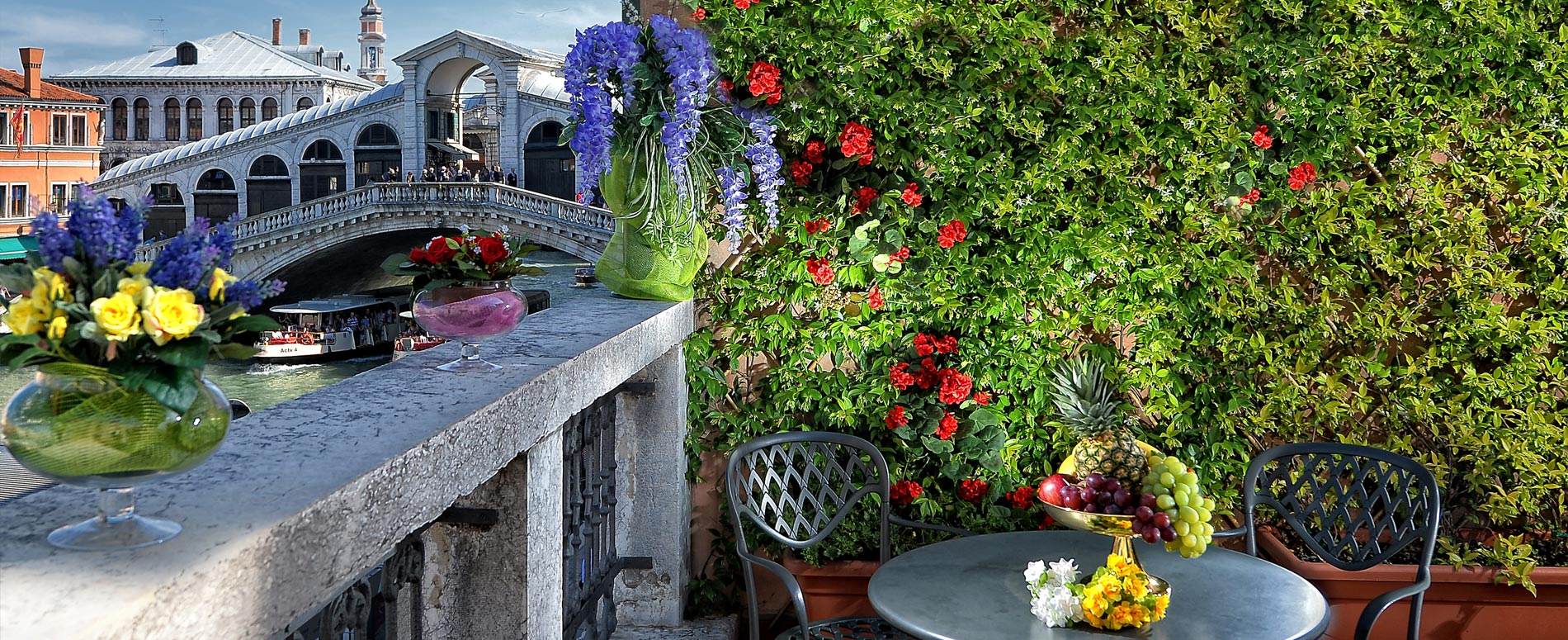






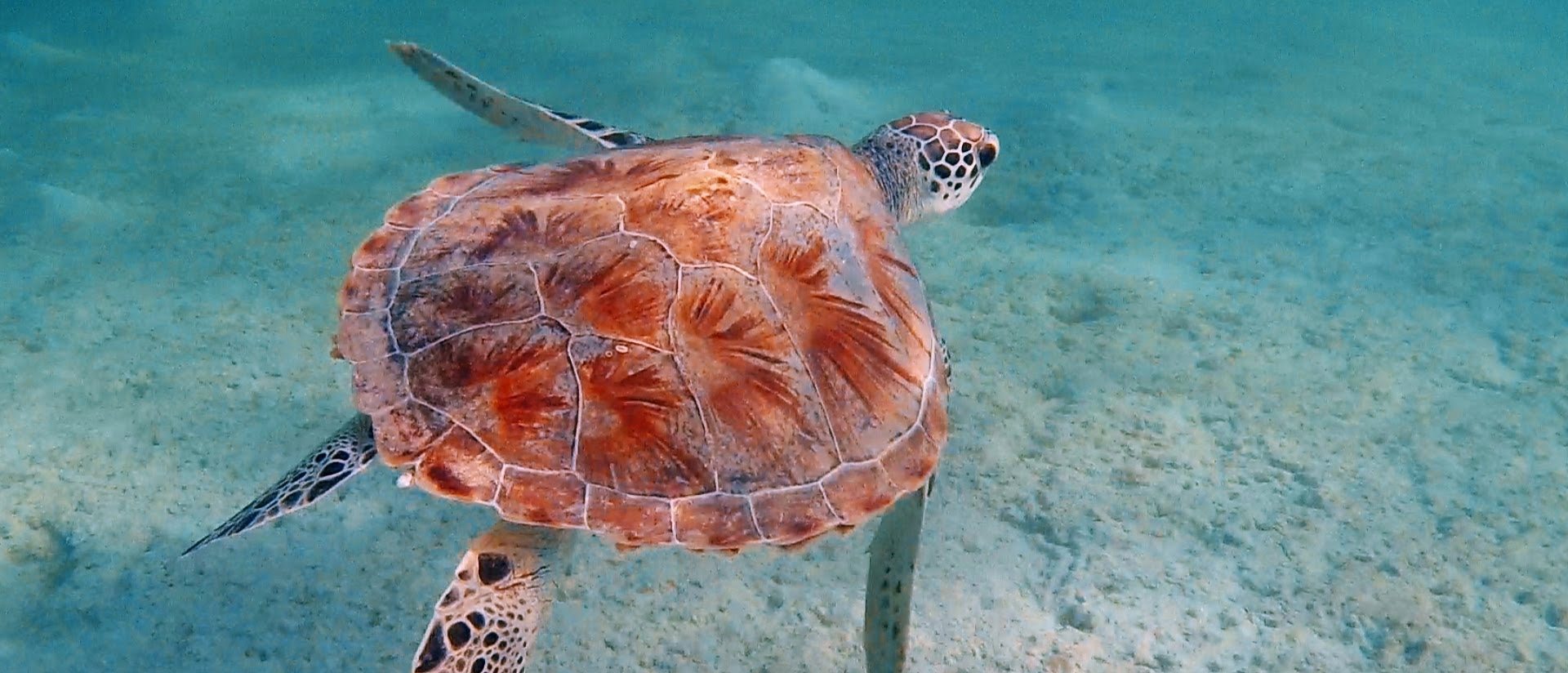

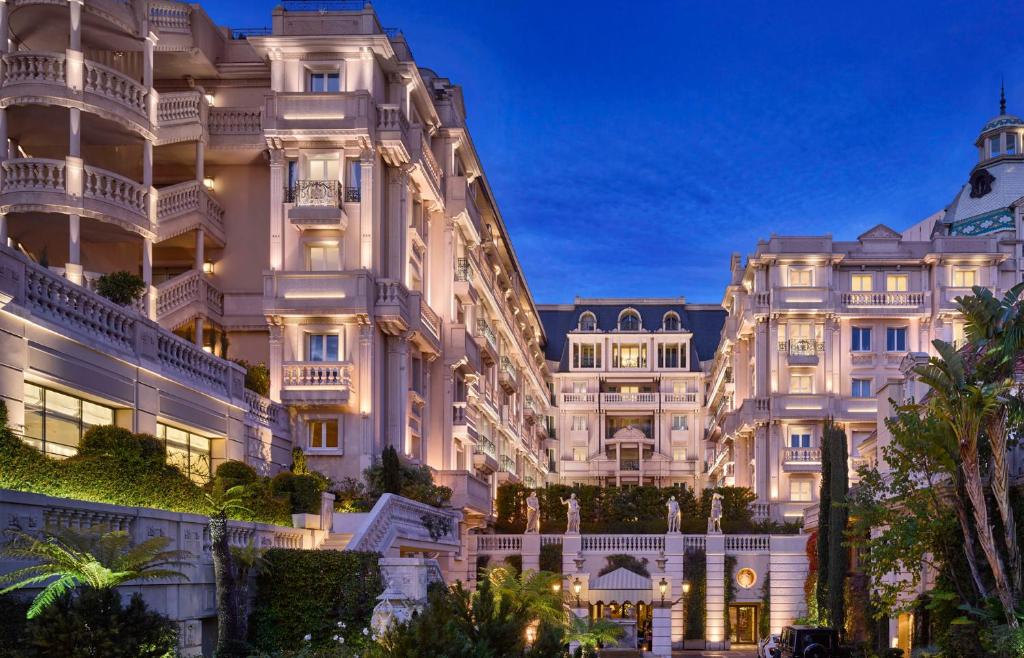

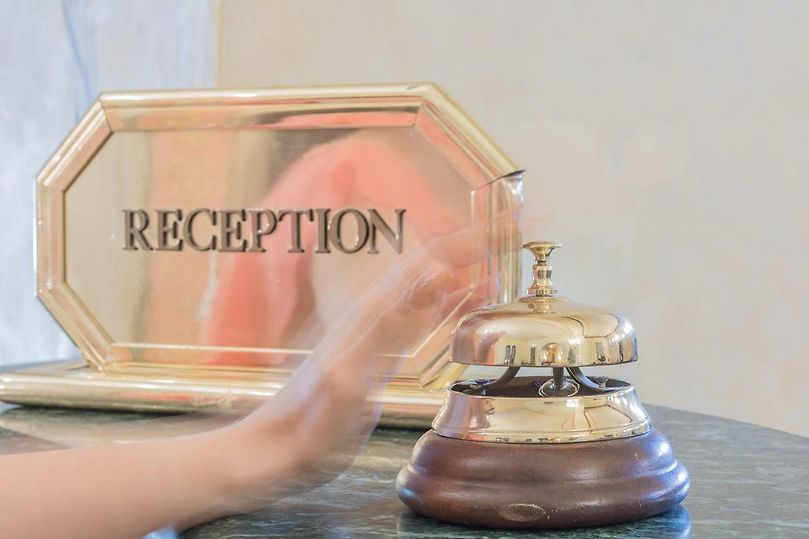

Maldives
Agent: Cliff Jacobs - Managing Principal Estate Agent & CEO (Nat.Dpl.Hotel Man (UJ). M.P.R.E.)
Agent Cellphone: +27 (0) 84 413 1071 / +27 (0) 61 716 6951
Agent Office Number: +27 (0) 84 413 1071
Agent Email Address: cliff@exquisitehotelconsultants.com
Type: Island Resorts
Bedrooms: 83
Bathrooms: 83
Showers: 83
Parking: 0
Yield: Not Disclosed
TGCSA Rating:

The Maldives, officially the Republic of Maldives, is a small island nation in South Asia, situated in the Arabian Sea of the Indian Ocean. It lies southwest of Sri Lanka and India, about 1,000 kilometres (620 mi) from the Asian continent. The chain of 26 atolls stretches from Ihavandhippolhu Atoll in the north to Addu Atoll in the south to the Equator. Comprising a territory spanning roughly 298 square kilometres (115 sq mi), the Maldives is one of the world's most geographically dispersed sovereign states as well as the smallest Asian country by land area and population, with around 515,696 inhabitants. Malé is the capital and the most populated city, traditionally called the "King's Island" where the ancient royal dynasties ruled for its central location.
The Maldives archipelago is located on the Chagos-Laccadive Ridge, a vast submarine mountain range in the Indian Ocean; this also forms a terrestrial ecoregion, together with the Chagos Archipelago and Lakshadweep. With an average ground-level elevation of 1.5 metres (4 ft 11 in) above sea level, it is the world's lowest-lying country, with even its highest natural point being one of the lowest in the world, at 5.1 metres (17 ft).
In the 12th century, Islam reached the Maldivian archipelago, which was consolidated as a sultanate, developing strong commercial and cultural ties with Asia and Africa. From the mid-16th-century the region came under the increasing influence of European colonial powers, with the Maldives becoming a British protectorate in 1887. Independence from the United Kingdom came in 1965, and a presidential republic was established in 1968 with an elected People Majilis. The ensuing decades have seen political instability, efforts at democratic reform, and environmental challenges posed by climate change.
The Maldives became a founding member of the South Asian Association for Regional Cooperation (SAARC). It is also a member of the United Nations, the Commonwealth of Nations, the Organisation of Islamic Cooperation, and the Non-Aligned Movement. The World Bank classifies the Maldives as having an upper-middle-income economy. fishing has historically been the dominant economic activity and remains the largest sector by far, followed by the rapidly growing tourism industry. The Maldives rate "high" on the Human Development Index, with per-capita income significantly higher than other SAARC nations.
The Maldives was a member of the Commonwealth from July 1982 until withdrawing from the organisation in October 2016 in protest at allegations by the other nations of its human-rights abuses and failing democracy. The Maldives rejoined the Commonwealth on 1 February 2020 after showing evidence of functioning democratic processes and popular support.
According to legends, the first settlers of the Maldives were people known as Dheyvis. The first Kingdom of the Maldives was known as Dheeva Maari. In the 3rd century BC during the visit of emissaries sent by Emperor Asoka, Maldives was known as Dheeva Mahal.
During c. 1100 - 1166, Maldives was also referred as Diva Kudha and the Laccadive archipelago which was a part of Maldives was then referred to as Diva Khanbar by the scholar and polymath al-Biruni (973-1048).
The name Maldives may also derive from Sanskrit meaning ("Necklace Islands") in Sinhala. The Maldivian people are called Dhivehin. The word Dheeb/Deeb (archaic Dhivehi, related to Sanskrit) means "island", and Dhives (Dhivehin) means "islanders" (i.e., Maldivians).
The ancient Sri Lankan chronicle Mahawamsa refers to an island called Mahiladiva ("Island of Women") in Pali, which is probably a mistranslation of the same Sanskrit word meaning "garland".
Jan Hogendorn, Grossman Professor of Economics, theorises that the name Maldives derives from the Sanskrit meaning "garland of islands". In Tamil, "Garland of Islands" can be translated as Malai Theevu. In Malayalam, "Garland of Islands" can be translated as Maladweepu. In Kannada, "Garland of Islands" can be translated as Maaledweepa. None of these names is mentioned in any literature, but classical Sanskrit texts dating back to the Vedic period mention the "Hundred Thousand Islands" (Lakshadweepa), a generic name which would include not only the Maldives, but also the Laccadives, Aminidivi Islands, Minicoy, and the Chagos island groups.
Some medieval travellers such as Ibn Battuta called the islands Mahal Dibiyat from the Arabic word mahal ("palace"), which must be how the Berber traveller interpreted the local name, having been through Muslim North India, where Perso-Arabic words were introduced to the local vocabulary. This is the name currently inscribed on the scroll in the Maldive state emblem. The classical Persian/Arabic name for the Maldives is Dibajat.The Dutch referred to the islands as the Maldivische Eilanden, while the British anglicised the local name for the islands first to the "Maldive Islands" and later to "Maldives".[30]
Garcia da Orta writes in a conversational book first published in 1563, writes as follows: "I must tell you that I have heard it said that the natives do not call it Maldiva but Nalediva. In the Malabar language, nale means four and diva island. So that in that language the word signifies "four islands," while we, corrupting the name, call it Maldiva."
History
Ancient history and settlement
According to the book "Kitāb fi āthār Mīdhu al-qādimah ("On the Ancient Ruins of Meedhoo") written in the 17th century in Arabic by Allama Ahmed Shihabuddine (Allama Shihab al-Din) of Meedhoo in Addu Atoll, the first settlers of the Maldives were people known as Dheyvis. They came from the Kalibanga in India. The time of their arrival is unknown but it was before Emperor Asoka's kingdom in 269-232 BC. Shihabuddine's story tallies remarkably well with the recorded history of South Asia and that of copperplate documents of the Maldives known as Loamaafaanu.
The Maapanansa, the copper plates on which was recorded the history of the first Kings of the Maldives from the Solar Dynasty, were lost quite early on.
A 4th-century notice written by Ammianus Marcellinus (362 AD) speaks of gifts sent to the Roman emperor Julian by a deputation from the nation of Divi. The name Divi is very similar to Dheyvi who were the first settlers of Maldives.
The ancient history of Maldives is told in copperplates, ancients scripts carved on coral artifacts, traditions, language and different ethnicities of Maldivians.
The first Maldivians did not leave any archaeological artifacts. Their buildings were probably built of wood, palm fronds, and other perishable materials, which would have quickly decayed in the salt and wind of the tropical climate. Moreover, chiefs or headmen did not reside in elaborate stone palaces, nor did their religion require the construction of large temples or compounds.
Comparative studies of Maldivian oral, linguistic, and cultural traditions confirm that the first settlers were people from the southern shores of the neighboring Indian subcontinent, including the Giraavaru people, mentioned in ancient legends and local folklore about the establishment of the capital and kingly rule in Malé.
A strong underlying layer of Dravidian population and culture survives in Maldivian society, with a clear Tamil-Malayalam substratum in the language, which also appears in place names, kinship terms, poetry, dance, and religious beliefs. Malabari seafaring culture led to the settlement of the Islands by Malayali seafarers.
Buddhist period
Despite being just mentioned briefly in most history books, the 1,400-year-long Buddhist period has foundational importance in the history of the Maldives. It was during this period that the culture of the Maldives both developed and flourished, a culture that survives today. The Maldivian language, early Maldive scripts, architecture, ruling institutions, customs, and manners of the Maldivians originated at the time when the Maldives were a Buddhist kingdom.
Buddhism probably spread to the Maldives in the 3rd century BC at the time of Emperor Ashoka's expansion and became the dominant religion of the people of the Maldives until the 12th century AD. The ancient Maldivian Kings promoted Buddhism, and the first Maldive writings and artistic achievements, in the form of highly developed sculpture and architecture, originate from that period. Nearly all archaeological remains in the Maldives are from Buddhist stupas and monasteries, and all artifacts found to date display characteristic Buddhist iconography.
Buddhist (and Hindu) temples were Mandala shaped. They are oriented according to the four cardinal points with the main gate facing east. Local historian Hassan Ahmed Maniku counted as many as 59 islands with Buddhist archaeological sites in a provisional list he published in 1990.
Islamic period
Compared to the other areas of South Asia, the conversion of the Maldives to Islam happened relatively late. Arab traders had converted populations in the Malabar Coast since the 7th century. The Maldives remained a Buddhist kingdom for another 500 years after the conversion of Malabar Coast and Sindh—perhaps as the southwesternmost Buddhist country. Arabic became the prime language of administration (instead of Persian and Urdu), and the Maliki school of jurisprudence was introduced, both hinting at direct contacts with the core of the Arab world.
Middle Eastern seafarers had just begun to take over the Indian Ocean trade routes in the 10th century and found the Maldives to be an important link in those routes as the first landfall for traders from Basra sailing to Southeast Asia. Trade involved mainly cowrie shells—widely used as a form of currency throughout Asia and parts of the East African coast—and coir fiber. The Bengal Sultanate, where cowrie shells were used as legal tender, was one of the principal trading partners of the Maldives. The Bengal–Maldives cowry shell trade was the largest shell currency trade network in history.
The other essential product of the Maldives was coir, the fibre of the dried coconut husk, resistant to saltwater. It stitched together and rigged the dhows that plied the Indian Ocean. Maldivian coir was exported to Sindh, China, Yemen, and the Persian Gult.
Colonial period
In the mid-17th century, the Dutch, who had replaced the Portuguese as the dominant power in Ceylon, established hegemony over Maldivian affairs without involving themselves directly in local matters, which were governed according to centuries-old Islamic customs.
The British expelled the Dutch from Ceylon in 1796 and included the Maldives as a British protected area. The status of Maldives as a British protectorate was officially recorded in an 1887 agreement in which the sultan accepted British influence over Maldivian external relations and defense while retaining home rule, which continued to be regulated by Muslim traditional institutions in exchange for an annual tribute. The status of the islands was akin to other British protectorates in the Indian Ocean region, including Zanzibar and the Trucial States.
In the British period, the Sultan's powers were taken over by the Chief Minister, much to the chagrin of the British Governor-General who continued to deal with the ineffectual Sultan. Consequently, Britain encouraged the development of a constitutional monarchy, and the first Constitution was proclaimed in 1932. However, the new arrangements favoured neither the aging Sultan nor the wily Chief Minister, but rather a young crop of British-educated reformists. As a result, angry mobs were instigated against the Constitution which was publicly torn up.
The Maldives remained a British crown protectorate until 1953 when the sultanate was suspended and the First Republic was declared under the short-lived presidency of Muhammad Amin Didi. While serving as prime minister during the 1940s, Didi nationalized the fish export industry. As president, he is remembered as a reformer of the education system and a promoter of women's rights. Conservatives in Malé eventually ousted his government, and during a riot over food shortages, Didi was beaten by a mob and died on a nearby island.
Beginning in the 1950s, the political history in the Maldives was largely influenced by the British military presence in the islands. In 1954 the restoration of the sultanate perpetuated the rule of the past. Two years later, the United Kingdom obtained permission to reestablish its wartime RAF Gan airfield in the southernmost Addu Atoll, employing hundreds of locals. In 1957, however, the new prime minister, Ibrahim Nasir, called for a review of the agreement. Nasir was challenged in 1959 by a local secessionist movement in the three southernmost atolls that benefited economically from the British presence on Gan. This group cut ties with the Maldives government and formed an independent state, the United Suvadive Republic with Abdullah Afif as president and Hithadhoo as capital. One year later the Suvadive republic was scrapped after Nasir sent gunboats from Malé with government police, and Abdulla Afif went into exile. Meanwhile, in 1960 the Maldives had allowed the United Kingdom to continue to use both the Gan and the Hitaddu facilities for a thirty-year period, with the payment of £750,000 over the period of 1960 to 1965 for the purpose of Maldives' economic development. The base was closed in 1976 as part of the larger British withdrawal of permanently stationed forces 'East of Suez'.
Independence and republic
In line with the broader British policy of decolonisation, on 26 July 1965 an agreement was signed on behalf of the Sultan by Ibrahim Nasir Rannabandeyri Kilegefan, Prime Minister, and on behalf of the British government by Sir Michael Walker, British Ambassador-designate to the Maldive Islands, which ended the British responsibility for the defense and external affairs of the Maldives. The islands thus achieved full political independence, with the ceremony taking place at the British High Commissioner's Residence in Colombo. After this, the sultanate continued for another three years under Sir Muhammad Fareed Didi, who declared himself King upon independence.
On 15 November 1967, a vote was taken in parliament to decide whether the Maldives should continue as a constitutional monarchy or become a republic. Of the 44 members of parliament, 40 voted in favour of a republic. On 15 March 1968, a national referendum was held on the question, and 93.34% of those taking part voted in favour of establishing a republic. The republic was declared on 11 November 1968, thus ending the 853-year-old monarchy, which was replaced by a republic under the presidency of Ibrahim Nasir. As the King had held little real power, this was seen as a cosmetic change and required few alterations in the structures of government.
Tourism began to be developed on the archipelago by the beginning of the 1970s. The first resort in the Maldives was Kurumba Maldives which welcomed the first guests on 3 October 1972. The first accurate census was held in December 1977 and showed 142,832 people living in the Maldives.
Political infighting during the 1970s between Nasir's faction and other political figures led to the 1975 arrest and exile of elected prime minister Ahmed Zaki to a remote atoll. Economic decline followed the closure of the British airfield at Gam and the collapse of the market for dried fish, an important export. With support for his administration faltering, Nasir fled to Singapore in 1978, with millions of dollars from the treasury.
Maumoon Abdul Gayoom began his 30-year role as president in 1978, winning six consecutive elections without opposition. His election was seen as ushering in a period of political stability and economic development in view of Maumoon's priority to develop the poorer islands. Tourism flourished and increased foreign contact spurred development. However, Maumoon's rule was controversial, with some critics saying Maumoon was an autocrat who quelled dissent by limiting freedoms and political favouritism.
A series of coup attempts (in 1980, 1983, and 1988) by Nasir supporters and business interests tried to topple the government without success. While the first two attempts met with little success, the 1988 coup attempt involved a roughly 80 strong mercenary force of the PLOTE who seized the airport and caused Maumoon to flee from house to house until the intervention of 1,600 Indian troops airlifted into Malé restored order.
A November 1988 coup was headed by Muhammadu Ibrahim Lutfee, a businessman. On the night of 3 November 1988, the Indian Air Force airlifted a parachute battalion group from Agra and flew them over 2,000 kilometres (1,200 mi) to the Maldives. The Indian paratroopers landed at Hulhulé and secured the airfield and restored the government rule at Malé within hours.
Twenty-first century
On 26 December 2004, following the 2004 Indian Ocean earthquake, the Maldives were devastated by a tsunami. Only nine islands were reported to have escaped any flooding while fifty-seven islands faced serious damage to critical infrastructure, fourteen islands had to be totally evacuated, and six islands were destroyed. A further twenty-one resort islands were forced to close because of tsunami damage. The total damage was estimated at more than US$400 million, or some 62% of the GDP. 102 Maldivians and 6 foreigners reportedly died in the tsunami. The destructive impact of the waves on the low-lying islands was mitigated by the fact there was no continental shelf or landmass upon which the waves could gain height. The tallest waves were reported to be 14 feet (4.3 m) high.
The elections in late 2013 were highly contested. Former president Nasheed won the most votes in the first round, but the Supreme Court annulled it despite the positive assessment of international election observers. In the re-run vote Abdulla Yameen, half-brother of the former president Maumoon, assumed the presidency. Yameen introduced increased engagement with China and promoted a policy of connecting Islam with anti-Western rhetoric. Yameen survived an assassination attempt in late 2015. Vice president Ahmed Adeeb was later arrested together with 17 supporters for "public order offenses" and the government instituted a broader crackdown against political dissent.
In the 2018 elections, Ibrahim Mohamed Solih won the most votes and became President.
Adeeb was freed by courts in Male in July 2019 after his conviction on charges of terrorism and corruption was overruled, but was placed under a travel ban after the state prosecutor appealed the order in a corruption and money laundering case. Adeeb escaped in a tugboat to seek asylum in India. It is understood that the Indian Coast Guard escorted the tugboat to the International Maritime Boundary Line (IMBL) and he was then “transferred” to a Maldivian Coast Guard ship, where officials took him into custody.
Geography
Only near the southern end of this natural coral barricade do two open passages permit safe ship navigation from one side of the Indian Ocean to the other through the territorial waters of Maldives. For administrative purposes, the Maldivian government organised these atolls into 21 administrative divisions. The largest island of Maldives is that of Gan, which belongs to Laamu Atoll or Hahdhummathi Maldives. In Addu Atoll, the westernmost islands are connected by roads over the reef (collectively called Link Road) and the total length of the road is 14 km (9 mi).
The Maldives is the lowest country in the world, with maximum and average natural ground levels of only 2.4 metres (7 ft 10 in) and 1.5 metres (4 ft 11 in) above sea level, respectively. In areas where construction exists, however, this has been increased to several metres. More than 80 percent of the country's land is composed of coral islands which rise less than one metre above sea level. As a result, the Maldives are at high risk of being submerged due to rising sea levels. The UN's environmental panel has warned that, at current rates, sea-level rise would be high enough to make the Maldives uninhabitable by 2100.
Climate
The shift from the dry northeast monsoon to the moist southwest monsoon occurs during April and May. During this period, the southwest winds contribute to the formation of the southwest monsoon, which reaches the Maldives in the beginning of June and lasts until the end of November. However, the weather patterns of Maldives do not always conform to the monsoon patterns of South Asia. The annual rainfall averages 254 centimetres (100 in) in the north and 381 centimetres (150 in) in the south.
The monsoonal influence is greater in the north of the Maldives than in the south, more influenced by the equatorial currents.
The average high temperature is 31.5 degrees Celsius and the average low temperature is 26.4 degrees Celsius.
The Maldives
The Maldives is the highest rate-yielding market in the Asia Pacific.
It has also seen a strong increase in demand over the last decade as tourism arrivals have grown at an average of about 8% per year since 2008. The top source feeder markets for the Maldives also bode well with a favourable mix of geographies to mitigate geo-specific risks - (China, Germany, UK, Italy, India, Russia are the top 6).
There have, however, been concerns of oversupply as a rush of new properties enter the market with 17 new resorts opening in 2019 alone. The Ministry of Tourism reports 787 registered accommodation facilities, including resorts, marinas, guesthouses and safari boats. This number will only continue to rise in the coming years.
Developing a resort in the Maldives also brings a host of other challenges. The "one island, one resort" concept makes for wonderful and exclusive getaways, but it also means every island must be a self-contained mini-city with power generators, desalination plants, shipping docks, security, massive fuel storage facilities, and housing for hundreds of full-time staff. Logistics is also a difficulty. The Maldives is a beautiful place, but with a relatively small land area, the country does not produce many of the goods needed to keep a resort operational. Virtually everything must come by boat from other countries. This means supply ships and logistics must be masterfully controlled and managed.
Although there are more than a few challenges to contend with, the Maldives has been a popular place for investment. In the last 10 years, at least 22 resorts have been acquired by international organizations. Yields have ranged from 5% to 11% with a price per key (usually) from USD500,000 to 1,000,000. Most of the properties are 50 to 150 rooms. So if you have an extra 25 million USD to 150 million USD, the Maldives could be the place for you.
We have the following properties for sale





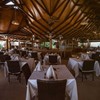
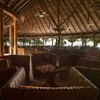
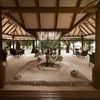









































Cliff Jacobs (Nat Dpl Hotel Man (UJ). MPRE. GA Level 5 TEFL) Managing Principal / CEO Exquisite Hotel Consultants (Pty) Ltd Mobile: +27 (0) 84 413 1071 / +27 (0) 61 716 6951 Email: cliff@exquisitehotelconsultants.com Web: https://www.exquisitehotelconsultants.com © All rights reserved Terms and Conditions apply Scroll down to view our Hospitality Properties and Businesses for sale or lease or lease-to-buy or partnership arrangement or management agreement arrangement.